I recently interviewed artist Young Sam Kim on his new series “A World in the City.” For the series, the artist used “hyper-collage,” a technique in which various pieces of digital photography are layered and superimposed upon one another. Through the use of this technique, Kim seemingly created a world of his own; a multidimensional space in which each time you view one of his pieces, you notice something you did not see the first time.
When observing a work of art, the mind naturally tends to piece a narrative together, not only from the associations it brings to the work, but from the work itself (as it inevitably does while viewing Kim’s artwork). After my interview with Kim I realized that even the the most creative mind’s conjecture could not breach the depth of Kim’s commentary of “A World in the City.” And through a little knowledge of the artist himself, the layers of his work deepen to a whole other dimension: Kim is hearing and vocally impaired.
In your bio it says of your work, “He has digitally collaged and layered into city scapes that speak of humans trapped in urban landscapes and forests of buildings yearning to fly away and to be free.” What inspired this viewpoint?
I have traveled around the world (London, Seoul, Bangkok, Paris, Beijing, Nairobi, Rome, and New York, etc). While I was traveling, I saw common features among people with various colors, languages, cultures. People in the city have expressionless faces. Sometimes I observe them laughing and chatting then suddenly their mood turns around and they start to have lonely and painful faces. It is as though they wear different masks, different faces, as they get deeper into their busy worlds of work, phone calls, and meeting others.
I think a lot of it is that people live in this bondage of time, money, and relationship that exists within the vast space of “city.” They strive to survive in their repetitive lives, and at the same time, keep their eyes out for an exit. That is how I interpret their empty and lifeless eyes as they stare at empty skies and spaces.
Contrarily, the birds and planes in my work represent, hope, peace, joy and memories that city people have forgotten. The birds soaring freely in the sky express a heart that yearns to escape and throw away the stifling life for something without limitations. This is where the planes come in. A plane forcefully flies into the sky against the mighty power of gravity; it is an expression of the heart’s desire to march on toward one’s dreams, overcoming all hindrances.
The surrealism in your work is evident. Is there a specific artist that inspired you?
My inspiration is not from surrealism. All of my inspiration comes from God. I pray and receive inspiration and I turn that inspiration into artwork.
It seems that with a hearing impairment you’ve created your own visual language. Looking at your art, we can pick up many themes and make observations, but is there even more depth in this language that most of us cannot see or understand?
I do not hear sounds. I hear people and read their hearts by their actions and facial expressions. This kind of language is a language of hearts, and can be communicated beyond different races and dialects. People usually understands my story in “World in the City” from their own standpoint, and they interpret it in various perspectives. There is more than that in my visual language. There is a spiritual meaning. The sun in my artwork represents God. For me, it is the light itself which does not have sounds. I can see things that others cannot see, and I can feel some things that most others cannot perceive.
God created the world and gave people this beautiful earth. The earth is one. Then people made borders where on one side people suffer from hunger and diseases, and on the other side, people just try to enjoy themselves without seeing the misery of their neighbors. We have only one Earth, but people are polluting it and destroying it. We will end up destroying ourselves. God, who created the earth must be watching it sadly. Blood-Red Sun represents this sad heart of God.
Finally, creative people in general tend to be more observant and able to pick up patterns in everyday occurrences that “left-brained” people might miss. Are there any patterns and symbols in particular that you, as an artist, enjoy exploring and working with through your artwork?
There are many patterns and symbols in my artwork. The earth is round, so there are skies on the top and bottom of my artwork (many people often think it is sea). There is also ground on the top and bottom, for there is ground across the globe and night and day co-exist. When it is day time here in NY, it is night time in my hometown, Busan, South Korea.
People are represented in white, gray and red in my artwork. They seem happy on the outside but in reality, they are not on the inside.
One of my pieces expresses different climates through the use of various colors. On the round Earth, not only night and day, but also how spring, summer, fall and winter co-exist. The red circle in the middle has various meanings, first, it represents Earth’s orbit around the sun and all living things on earth live on from its energy. Secondly, it is the core of the Earth, and we live on top of it. Without the core, the ground cannot stand. The Sun and the core of the Earth is essential and important for the life to exist. Lastly, it represents God, who created Heaven and Earth, and exists in the center of everything; the universe from which He works so that all the lives can live. The glory of that God is all over the world.
“A World in the City” will run at Emmanuel Fremin Gallery from May 24th to June 23 and the part of the series will be shown at the upcoming Art Hamptons from July 12 to July 15 2012.

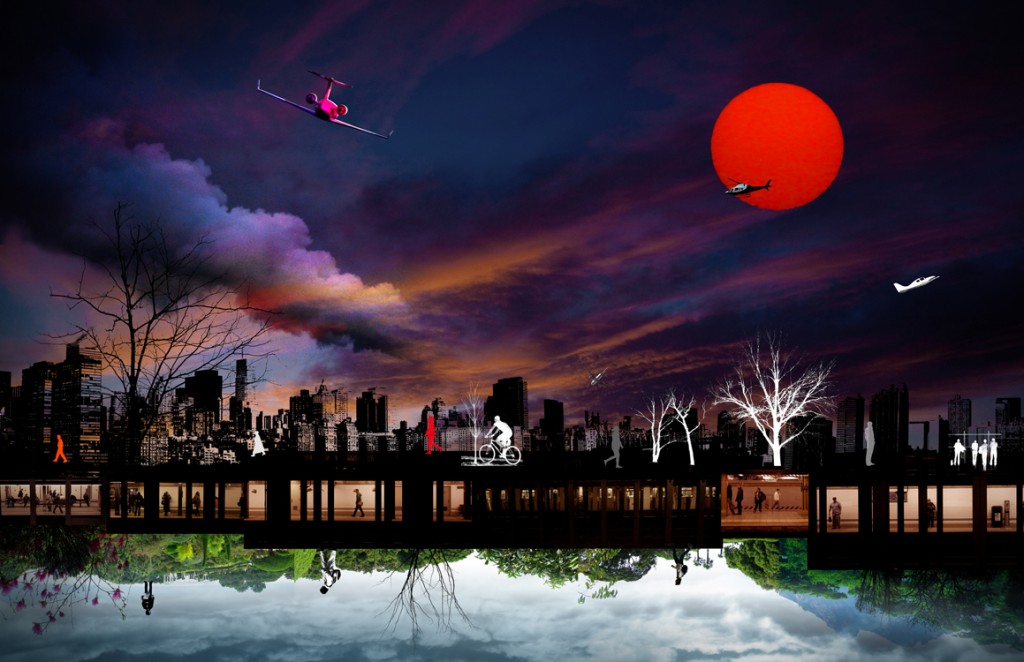
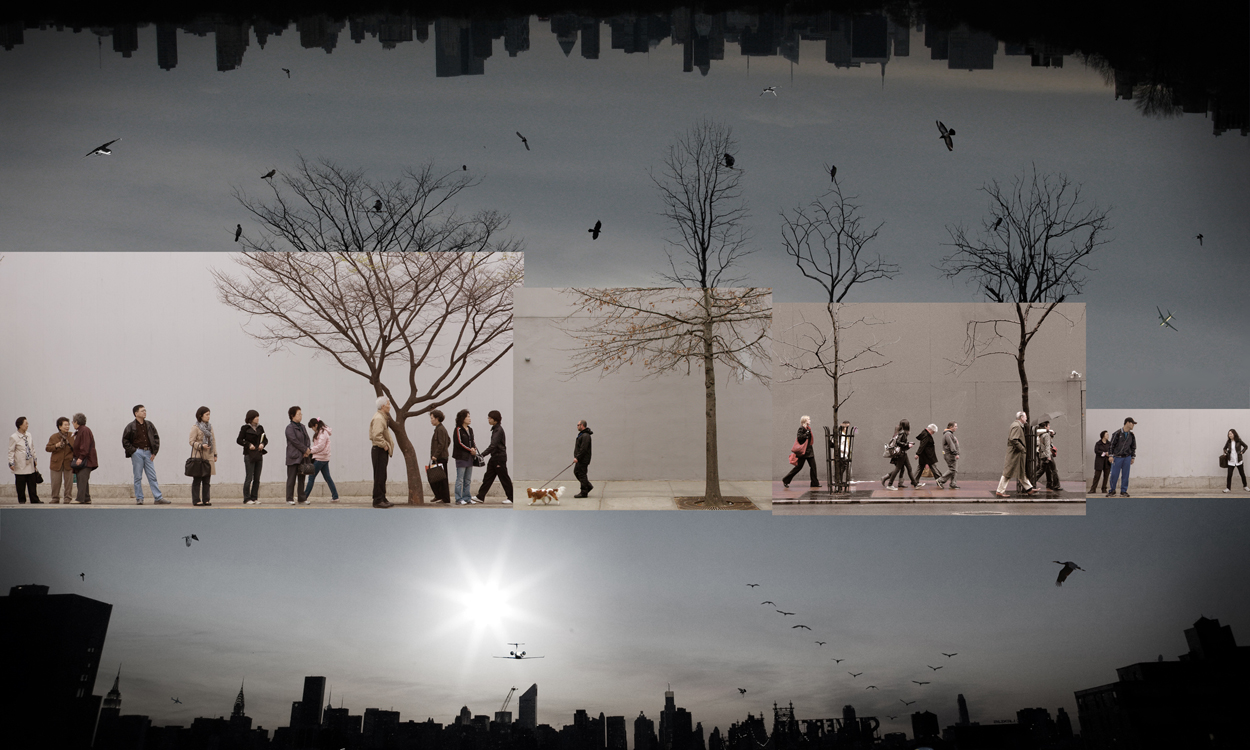
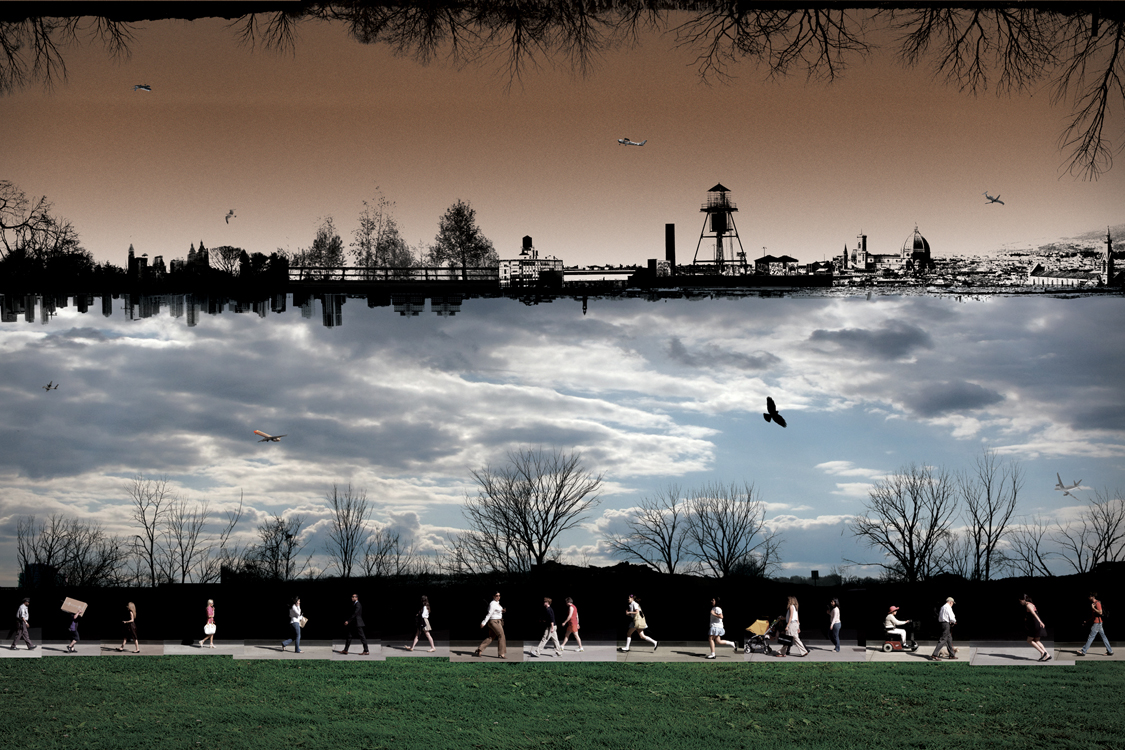
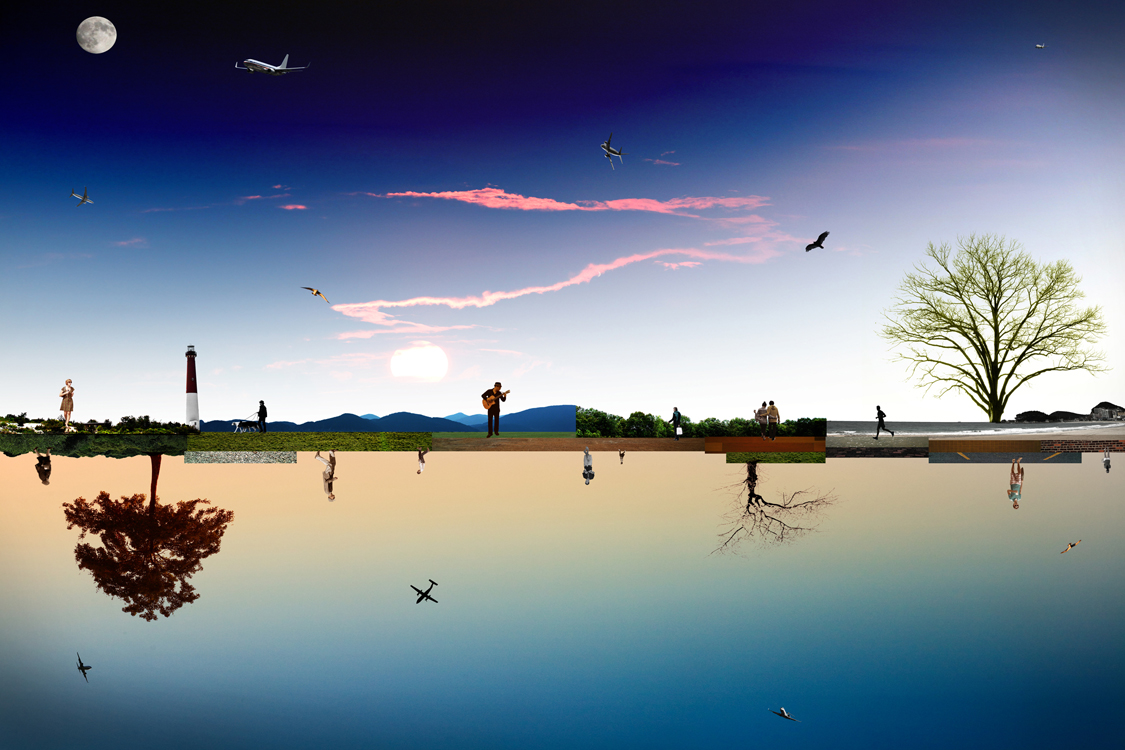
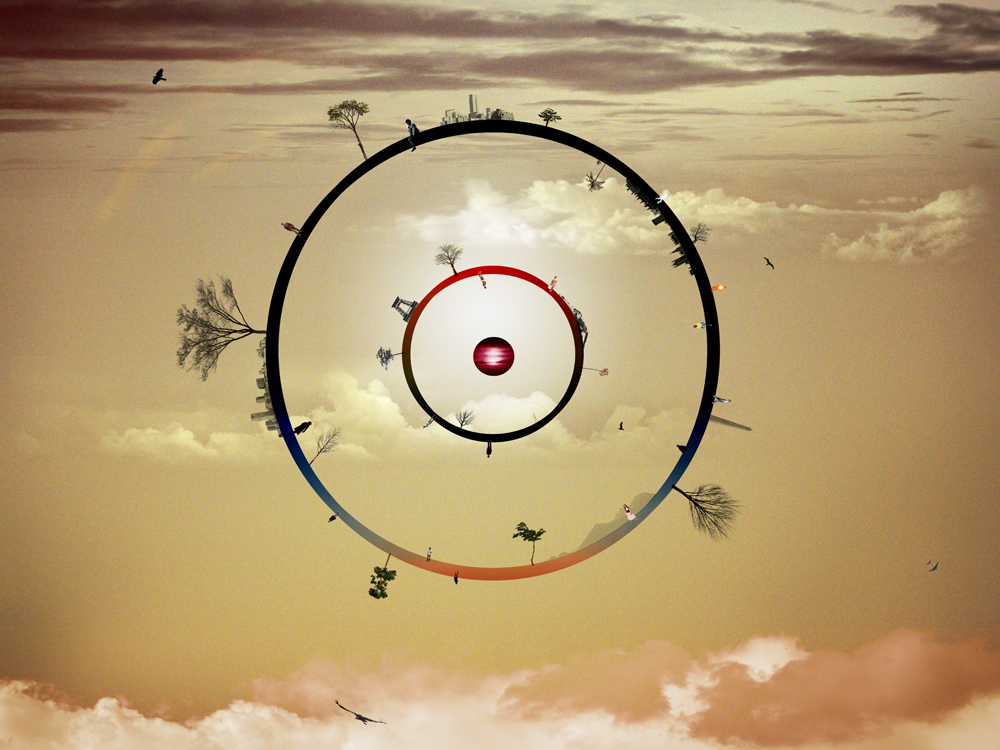

I hope this goes to Huffingon!!!
Well done!
HUGGGGGGGGGGG